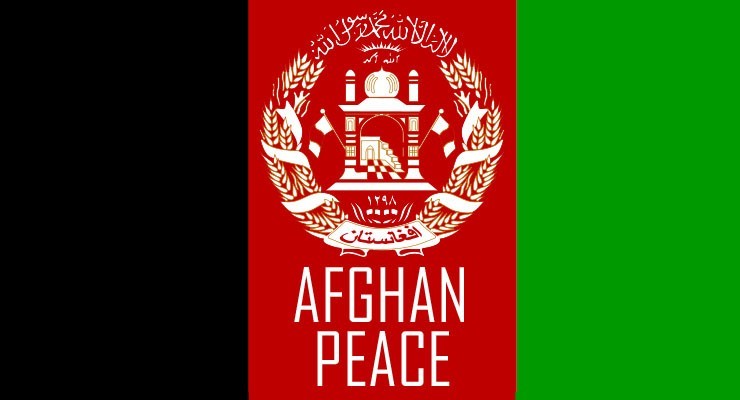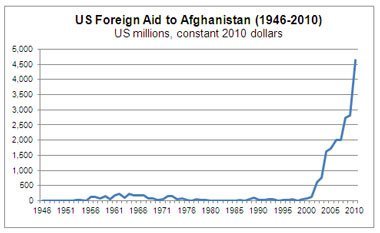
The United States military and NATO forces announced their roles in Afghan combat officially ended after a 13 year war which has become the longest war in American history. Beginning in the October of 2001, under the Presidency of George W. Bush, the U.S. launched an invasion into Afghanistan following the unprecedented September 11th terrorist attacks. Whether the expedition’s cost in lives and treasure has been worth the sacrifice is now the focus of renewed debate.
Since the Afghanistan war began in 2001 approximately 3,500 foreign troops have died, which includes 2,200 American soldiers. “Thanks to the extraordinary sacrifices of our men and woman in uniform, our combat mission in Afghanistan is ending and the longest war in American history is coming to a responsible conclusion,” President Obama said this week in a statement regarding the withdrawal of United States troops into a more supportive role.
 While the United States military originally targeted Afghanistan because of Taliban’s refuse to end its policy of sheltering of Al Qaeda. Taliban support had been instrumental in allowing stateless Al Qaeda plan the 9/11 terrorist attacks from inside of Afghan territory.
While the United States military originally targeted Afghanistan because of Taliban’s refuse to end its policy of sheltering of Al Qaeda. Taliban support had been instrumental in allowing stateless Al Qaeda plan the 9/11 terrorist attacks from inside of Afghan territory.
“While we won’t target Taliban for the sake just merely for the sake of the fact that they’re Taliban and quote unquote belligerents, should members of the Taliban decide to threaten American troops or specifically target and threaten our Afghan partners in a tactical situation we’re going to reserve the right to take actions as needed”, Rear-Admiral John Kirby said at a press conference early in December.
In the past year, the struggle to maintain a peaceful Afghanistan has become increasingly out of reach as a Taliban insurgency launches an increasing number of attacks. 2014 set new records for violence with a reported 3,200 Afghan civilians killed by Taliban attacks as well as over 4,600 Afghan army and police deaths.
“The recent wave of Taliban attacks has made clear that the international community must not waiver in its support for a stable, secure and prosperous Afghanistan” secretary of Defense Chuck Hagel said during his last visit to Afghanistan.
That message sent by the attacks is also resonating throughout the Middle East and North Africa as the last year has also witnessed the rise of the Islamic State in Syria and Iraq as well as Nigeria’s ultra violent Boko Haram.
At West Point just last spring, President Obama told a graduating class, “You are the first class to graduate since 9/11 who may not be sent into combat in Iraq or Afghanistan”. Just months later, it now seems that statement may be more of a challenge. President Obama’s original exit plan has called for the United States troop level to hit 9,800. The troops are meant to not only play an advisory role but also a combat role as well when needed.
Calls for more troops in Afghanistan and the Middle East have been persistent. All the way back to 2005, Afghan President Hamid Karzai was at a press conference a reporter asked if he was seeking more American troops. Then and now his response was “yes much more, and we’ll keep asking for more, and we will never stop asking.”
Ultimately, the Afghan army and the Afghan people have the opportunity to move their country forward and chose a path of freedom and democracy. To let this opportunity pass and to slide back into the tyranny that they faced under the rule of the Taliban in the pre-9/11 years, would truly be a disastrous result for America’s longest war.
Leave a Reply